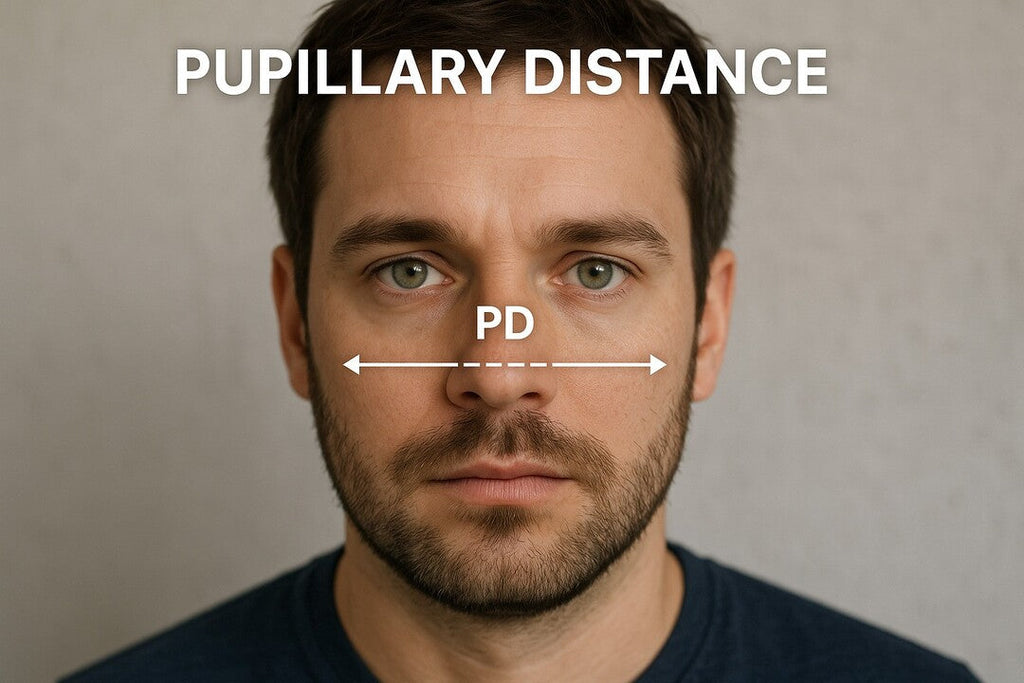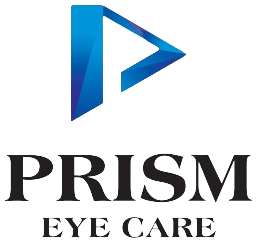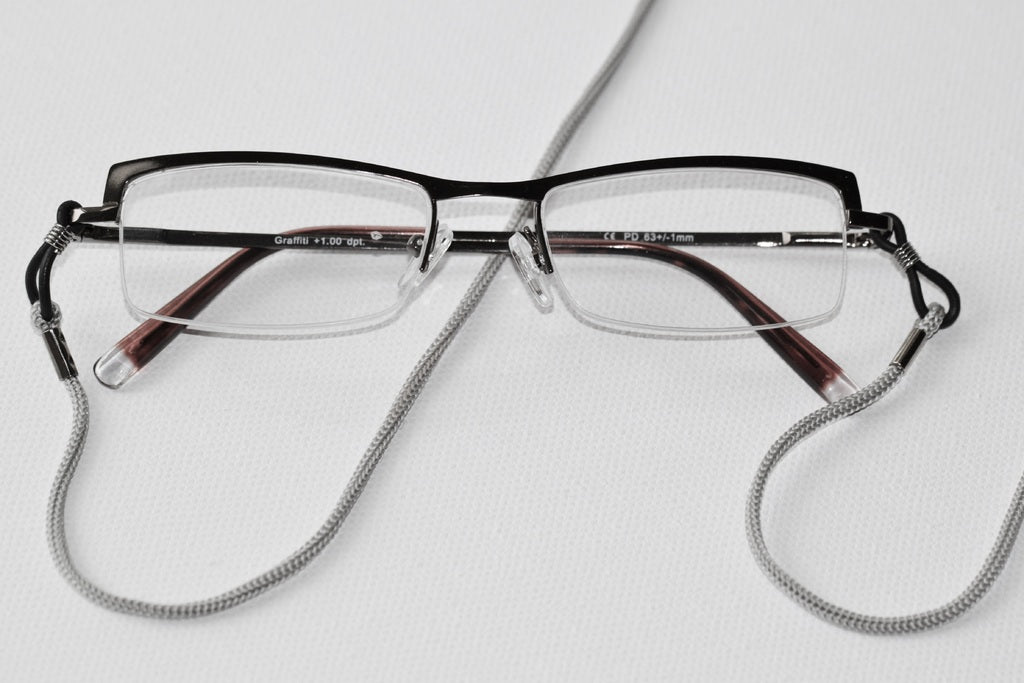
Understanding Pupillary Distance: A Guide to Better-Fitting Glasses

Your eyes are amazing and play a big role in how you understand the world because they let you see everything around you. That is why it is important to take care of them by getting regular eye check-ups and using the right glasses. During an eye exam, you might get to know about pupillary distance (PD).
It is the space between the centers of your pupils (the black part in the middle of your eyes). Knowing your PD for glasses is important because it helps make sure your glasses or contact lenses fit correctly and help you see clearly. Continue reading the blog to learn more about PD!
What is pupillary distance (PD)?
Pupillary Distance (PD) refers to the measurement between the centers of your pupils- the dark circular areas at the center of each eye. This distance plays a crucial role when fitting prescription glasses, as it ensures that the optical centers of your lenses align perfectly with your eyes for the sharpest, most comfortable vision. Sometimes, eye doctors charge extra to give you this measurement.
To save money when buying glasses online, you might want to try PD measurement yourself, but it is usually easier and more accurate if someone helps you. Remember, if it is not measured correctly, your glasses might not work well and could cause blurry vision or discomfort. To measure PD at home, you will need a ruler with millimeter (mm) markings and a mirror.
Some people also use a PD ruler, which you can buy online. There are smartphone apps for PD measurement, too. However, please note again that these methods might not be 100% accurate, and it is best to have your PD for glasses measured by an eye care professional for the most reliable result.
Monocular PD vs. binocular PD: What is the difference?
There are two kinds of pupillary distance (PD) measurements:
-
Monocular PD: This is the distance from the center of one pupil to the center of the bridge of your nose. You have one measurement for each eye. Monocular PD is especially important for people who wear progressive lenses, as it helps make sure the lenses line up just right for each eye.
-
Binocular PD: This is the total PD measurement from the center of your left pupil and the center of your right pupil.
Because everyone’s face is a little different, monocular PD for glasses often is not perfect even between both eyes. However, the left and right monocular pupillary distances added together should equal the total binocular PD.
Why is getting your PD right is so important?
Your PD (pupillary distance) is a key part of your glasses or contact lens prescription. If the measurement is off, you could end up with blurry vision, headaches, eye strain or general discomfort. Eye doctors often measure PD during an exam, but it is wise to know how to measure PD yourself, especially if you are buying glasses online.
Your eyes work as a team
We see the world in 3D because our eyes work together- this is called binocular vision. If your PD measurement is not right, it can mess with this teamwork, which can cause double vision, trouble seeing depth or eye fatigue.
Accurate lenses work better
Prescription lenses correct vision problems like farsightedness, nearsightedness or astigmatism. To work properly, the lenses need to be lined up with your eyes. A correct PD makes sure the strongest part of the lens is right where you need it.
Better vision for everyday tasks
Whether you are reading, working on a screen or driving, having the correct PD for glasses helps you see clearly and comfortably at different distances. It is a small detail that makes a big difference in how well your glasses work.
Why frame size matters when measuring PD
When considering how to measure pupillary distance, remember that frame size matters. Different frames come in different shapes and sizes, and your PD measurement helps make sure the lenses sit in the right spot inside the frame. To get a good fit, you can use your current glasses as a guide when picking new ones.
Choose frames with a bridge width (the part that sits on your nose) that matches your PD. It helps make sure the lenses are properly aligned with your eyes, which gives you clear and comfortable vision.
How can you measure your PD at home?
You can measure your pupillary distance (PD) yourself using a ruler with millimeters (mm) markings. Here is a simple way to do it:
-
Stand about 18 inches from a mirror in a well-lit room. Hold the ruler flat against your face, just below your eyes, with the mm side facing the mirror.
-
Close your left eye and use your right eye to line up the 0 mm mark with the center of your right pupil. Keep the ruler steady.
-
Next, close your right eye and open your left. Look straight ahead and check which mm mark lines up with the center of your left pupil.
-
That number is your PD measurement. Be sure not to move the ruler between steps. For greater accuracy, someone else can help you, or you can use a PD ruler.
What if your PD measurement is wrong?
If your glasses are made with the wrong pupillary distance (PD), the lenses won’t line up properly with your eyes. This can lead to problems like headaches, eye strain and blurry or distorted vision.
While these issues are not harmful in a serious way, they can be very uncomfortable. Over time, the extra strain on your eyes may even affect your vision. That is why it is important to understand how to measure pupillary distance properly.
Can your pupillary distance change?
Pupillary distance (PD) can change while you are growing up, especially during childhood. But once you reach adulthood, the average PD remains stable. In rare cases, it might change later in life- for example, if you have an injury or need surgery on your eyes or face.
Reconstructive procedures can slightly affect the distance between your pupils. However, for most adults, the average pupillary distance in adulthood stays the same over time.
Conclusion
Accurate pupillary distance is a small but vital detail that ensures your glasses provide clear, comfortable vision. Whether you measure it at home or get it done professionally, getting your PD measurement right makes a big difference.
At Prism Eye Care, we understand how critical fit and precision are when it comes to eyewear. That is why our team helps you find frames, from affordable styles to luxury brands, that suit your unique vision needs. So, stop by today, and we will make sure you see clearly and feel confident in eyewear that suits your style.



































